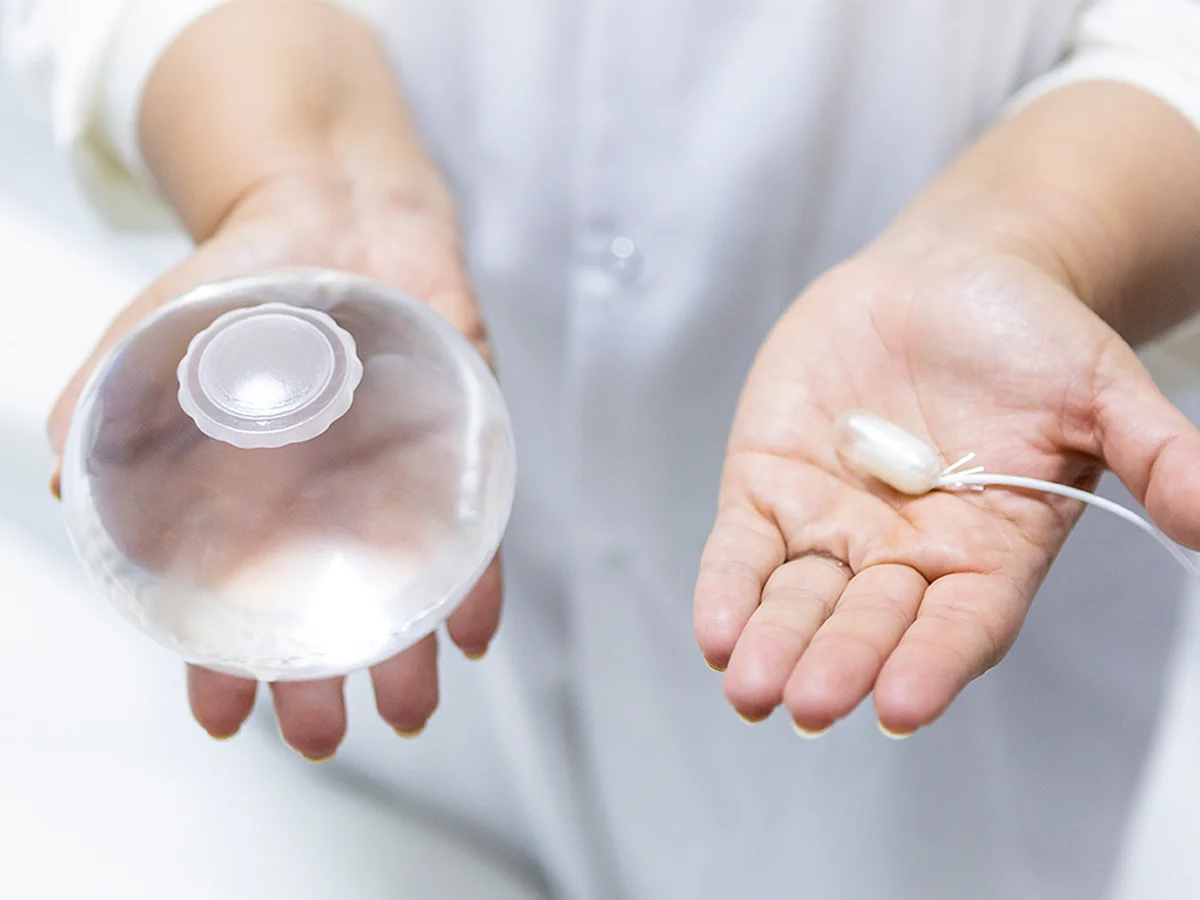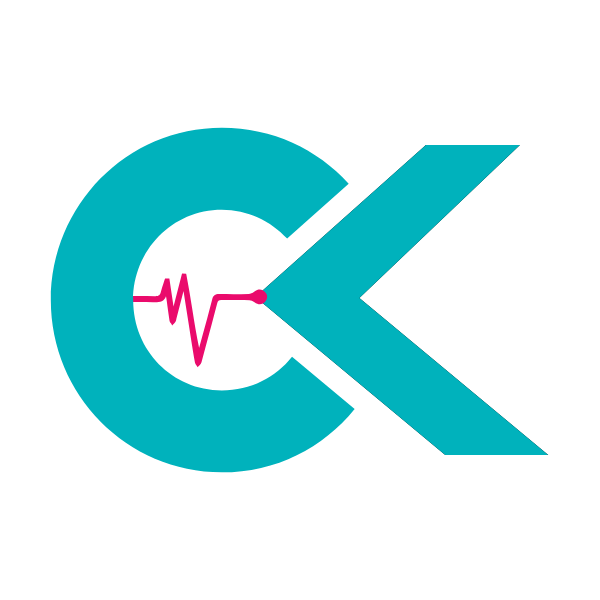Obesity remains a significant global health challenge, impacting millions worldwide and contributing to various co-morbidities. Traditional weight loss strategies often involve extensive lifestyle modifications, dietary changes, and increased physical activity. However, for many individuals, these methods may not yield sustainable results, necessitating alternative or adjunctive interventions. Emerging medical technologies are continuously developing less invasive options for weight management, reflecting a growing need for accessible and effective solutions. The landscape of bariatric interventions has evolved significantly, moving towards procedures that offer a balance between efficacy and reduced patient burden. This progression underscores a commitment to broadening the spectrum of treatments available to individuals struggling with chronic weight issues. The development of innovative approaches, such as the swallowable weight loss balloon, represents a notable advancement in this field. This non-surgical method seeks to address the challenges associated with conventional weight loss paths, offering a distinct alternative for eligible patients. The growing demand for effective yet minimally invasive solutions has fueled research and development in this specialized area.
Table of Contents
How Do Swallowable Gastric Balloons Work: Types and Process Explained
The swallowable gastric balloon technology represents a significant advancement in non-surgical weight management procedures. Unlike traditional gastric balloons that require endoscopic placement, these innovative weight loss devices you swallow eliminate the need for anaesthesia or invasive procedures. The system works by placing a deflated balloon inside a capsule that patients can swallow like a standard pill.
Allurion gastric balloon stands as the leading example of this technology in the UK market. The process begins when the patient swallows a capsule containing the deflated balloon, which is approximately the size of a large vitamin tablet. A thin catheter remains temporarily attached to facilitate the inflation process once the capsule reaches the stomach.
The gastric balloon without surgery mechanism operates through several distinct phases. After swallowing, the capsule dissolves within the acidic environment of the stomach, releasing the balloon material. Healthcare professionals then use the attached catheter to inflate the balloon with approximately 550ml of sterile saline solution. This balloon that you swallow to lose weight expands to roughly the size of a grapefruit, occupying significant stomach space.
Traditional gastric balloons require endoscopic procedures for both insertion and removal, involving sedation and specialised equipment. In contrast, the gastric balloon no endoscopy approach eliminates these requirements entirely. The gastric balloon no anaesthesia procedure can be completed in approximately 20 minutes within a standard clinical setting, with patients remaining fully conscious throughout the process.
The stomach balloon for weight loss functions by creating early satiety signals. When the inflated balloon occupies stomach space, patients feel full after consuming smaller food portions. This weight loss balloon that you swallowreduces overall caloric intake by physically limiting stomach capacity and prolonging gastric emptying time.
After the inflation process, the catheter is gently removed through the mouth, leaving the gastric balloon for obesitytreatment in position. The balloon remains in the stomach for approximately four months, during which time it gradually deflates through natural degradation processes. The deflated balloon then passes through the digestive system and is eliminated naturally, requiring no additional medical intervention.
The weight loss pill balloon technology addresses several limitations of traditional gastric balloon procedures. Patients avoid the risks associated with sedation, endoscopic procedures, and surgical removal. The non-surgical gastric balloon approach also reduces healthcare costs and eliminates the need for specialised endoscopy suites.
Healthcare professionals monitor patients throughout the treatment period, providing dietary counselling and lifestyle modification support. The swallowable gastric pill balloon for weight loss serves as a tool to help patients develop healthier eating habits while the physical restriction promotes portion control and sustained dietary changes. The 12-Month Gastric Balloon Results demonstrate the effectiveness of this weight loss balloon that you swallow, showcasing significant improvements in patients’ health markers. By embracing this innovative approach, individuals can experience long-term benefits and an enhanced quality of life.
Weight Loss Results and Expected Outcomes
Gastric balloon weight loss procedures deliver measurable outcomes for patients seeking non-surgical weight management solutions. Clinical data demonstrates that result gastric balloon treatments produce significant weight reduction within the standard treatment period.
The following table presents comprehensive weight loss data from gastric balloon procedures across different timeframes:
| Time Period | Average Weight Loss (kg) | Average Weight Loss (lbs) | Percentage of Excess Weight Lost |
|---|---|---|---|
| 3 months | 8-12 kg | 18-26 lbs | 25-35% |
| 6 months | 15-25 kg | 33-55 lbs | 40-60% |
| 12 months | 20-35 kg | 44-77 lbs | 50-70% |
Gastric balloon average weight loss statistics reveal that patients typically lose between 15-25 kilograms during the six-month placement period. Research indicates that individuals with higher initial BMI values often achieve greater absolute weight reduction, though percentage losses remain consistent across patient groups.
Before and after gastric balloon transformations demonstrate substantial improvements in both physical appearance and health markers. Patients commonly experience:
- Blood pressure normalisation within 8-12 weeks
- Improved glucose tolerance and diabetes management
- Enhanced mobility and reduced joint pain
- Significant reduction in sleep apnoea symptoms
- Improved cardiovascular risk profiles
When considering how much weight can you lose with a gastric balloon, clinical evidence supports expectations of 40-60% excess weight loss during the active treatment phase. Factors influencing individual outcomes include adherence to dietary protocols, exercise compliance, and baseline metabolic parameters.
Allurion balloon weight loss results show comparable efficacy to traditional gastric balloon procedures. Studies document average weight reductions of 10-15% of total body weight within four months of placement. The swallowable design eliminates procedural complications whilst maintaining therapeutic effectiveness.
Long-term success rates demonstrate that 68-75% of patients maintain significant weight loss twelve months post-removal. Sustained results correlate strongly with continued lifestyle modifications and regular follow-up appointments.
Weight loss velocity typically peaks during the second and third months following balloon placement. Patients experience gradual but consistent reduction throughout the treatment period, with weekly losses ranging from 0.5-1.5 kilograms. Individual variation depends on starting weight, age, gender, and metabolic factors.
Medical supervision ensures realistic expectations whilst maximising therapeutic outcomes through personalised nutrition counselling and behavioural support programmes.
Safety Considerations and Side Effects to Watch For
The gastric balloon side effects manifest differently across patients, with our collective experience indicating that most adverse reactions occur within the first week of placement. Nausea represents the most frequently reported symptom, affecting approximately 85% of patients during the initial adjustment period. Vomiting typically accompanies nausea, particularly during the first three days following balloon insertion.
Allurion balloon side effects demonstrate a similar pattern to traditional gastric balloons, though the swallowable design eliminates endoscopy-related complications. The following immediate adverse reactions require careful monitoring:
- Severe abdominal cramping lasting beyond 48 hours
- Persistent vomiting preventing fluid retention
- Acute gastric pain radiating to the back
- Dehydration symptoms including dizziness and reduced urination
- Gastroesophageal reflux exacerbation
The temporary nature of swallowable gastric balloon benefits correlates directly with the device’s residence time and associated risk profile. Clinical data demonstrates that complications decrease significantly after the initial adjustment phase.
| Timeframe | Primary Concerns | Management Approach |
|---|---|---|
| Days 1-3 | Nausea, vomiting, cramping | Antiemetics, hydration monitoring |
| Week 1-2 | Gastric adaptation, reflux | Proton pump inhibitors, dietary modifications |
| Month 1-4 | Stable tolerance period | Regular monitoring, nutritional support |
| Month 4-6 | Natural passage preparation | Imaging confirmation, symptom tracking |
This timeline reflects our extensive clinical observations regarding patient tolerance patterns throughout the treatment duration.
Serious complications requiring immediate medical intervention include balloon deflation, gastric obstruction, and severe dehydration. Early deflation occurs in approximately 2-3% of cases, necessitating emergency endoscopic removal to prevent intestinal obstruction. Gastric perforation remains exceptionally rare but represents the most critical potential complication.
Temporary weight loss treatment protocols emphasise comprehensive patient education regarding warning signs. Patients experiencing black stools, severe abdominal distension, or inability to tolerate liquids require urgent evaluation. Our protocols mandate 24-hour emergency contact availability throughout the treatment period.
Long-term considerations include potential gastric irritation and temporary alterations in digestive patterns. Most patients experience complete symptom resolution within 2-4 weeks following natural balloon passage. Post-treatment monitoring ensures identification of any persistent gastric dysfunction or nutritional deficiencies requiring intervention.
Patient selection criteria significantly influence complication rates, with contraindications including active peptic ulcer disease, severe gastroesophageal reflux, and previous gastric surgery. Comprehensive pre-treatment evaluation remains essential for optimal safety outcomes.
Treatment Options and Availability Near You
Modern intragastric balloon placement procedures offer multiple approaches to meet diverse patient needs across the UK. Our clinical experience demonstrates that treatment accessibility has significantly improved with the introduction of swallowable balloon systems.
Placement Procedures for Swallowable Gastric Balloons
Intragastric balloon placement through swallowable systems represents a minimally invasive approach that eliminates the need for endoscopic procedures. The weight loss balloon pill near me searches have increased substantially as patients seek convenient treatment options.
- Pre-procedure consultation and medical evaluation
- Swallowing the deflated balloon capsule with water
- X-ray confirmation of proper positioning
- Remote balloon inflation via attached catheter
- Final imaging verification before catheter removal
Removal and Dissolution Options
Treatment completion involves two primary approaches: traditional gastric balloon removal or natural dissolution processes. The dissolvable gastric balloon technology has revolutionised patient experience by eliminating removal procedures.
- Traditional removal requires endoscopic extraction after 6-12 months
- Dissolvable options naturally break down and pass through digestive system
- Dissolution timeline varies between 4-6 months depending on balloon type
- Monitoring appointments ensure proper progression throughout treatment
Treatment Costs and Finding Providers
Swallow balloon weight loss cost varies significantly across different providers and treatment packages. Private clinics typically offer comprehensive programmes including follow-up care.
| Provider Type | Cost Range | Duration | Includes |
|---|---|---|---|
| Private Clinics | £3,000-£5,000 | 6-12 months | Full monitoring |
| Hospital Centres | £2,500-£4,000 | 6-8 months | Basic follow-up |
| Specialist Units | £4,000-£6,000 | 12 months | Complete programme |
NHS availability remains limited, with most patients accessing treatment through private healthcare providers. Regional variations in pricing reflect local market conditions and specialist availability.
Complete Treatment Timeline
The comprehensive treatment journey encompasses multiple phases from initial consultation through balloon dissolution or removal. Our extensive clinical data indicates optimal outcomes occur with structured programme adherence.
- Initial assessment and eligibility confirmation
- Pre-treatment preparation and dietary counselling
- Balloon placement procedure
- Active treatment phase with regular monitoring
- Balloon removal or natural dissolution completion
Treatment success depends heavily on qualified provider selection and comprehensive aftercare programmes that address both physical and behavioural aspects of weight management.



